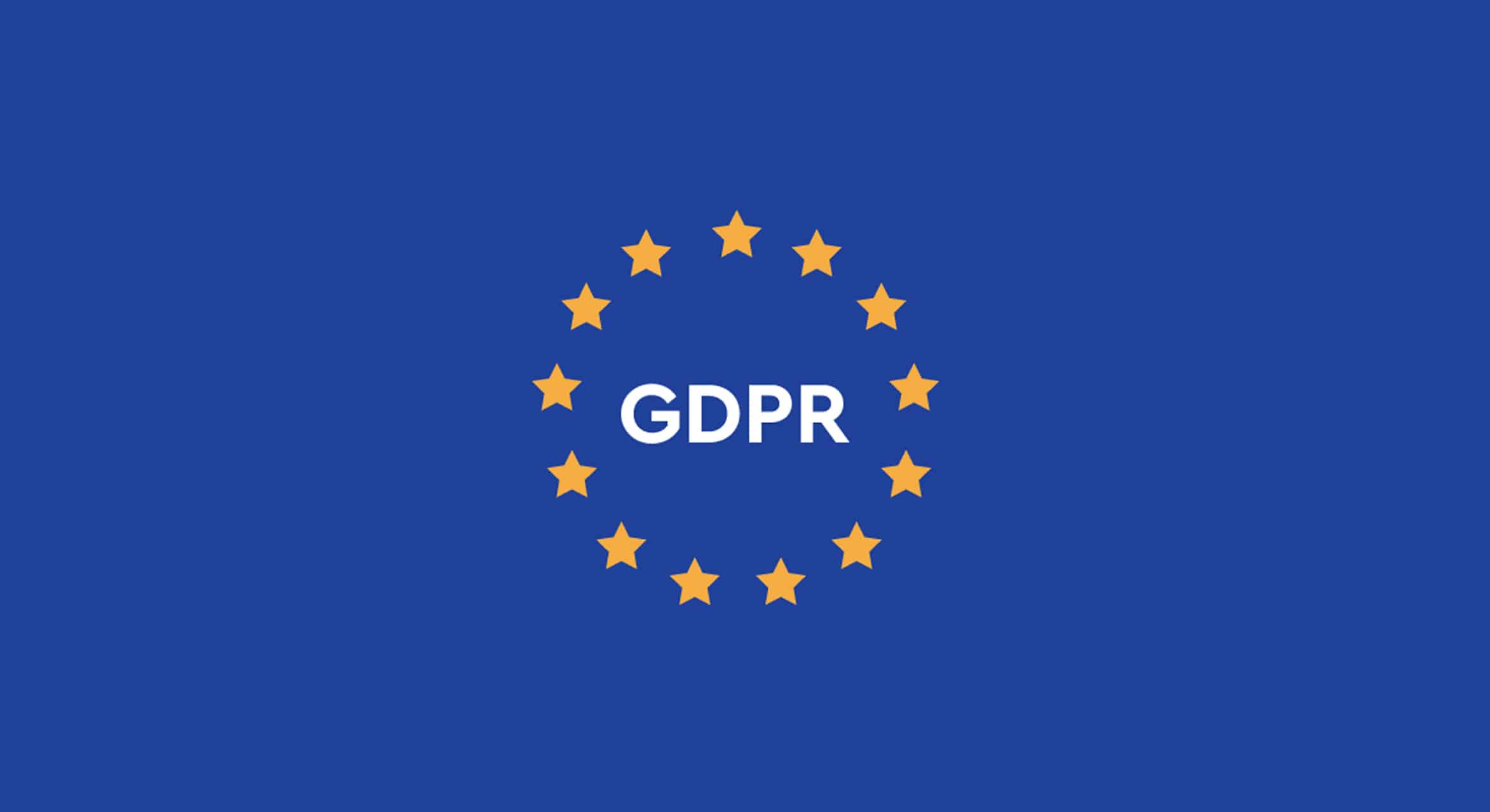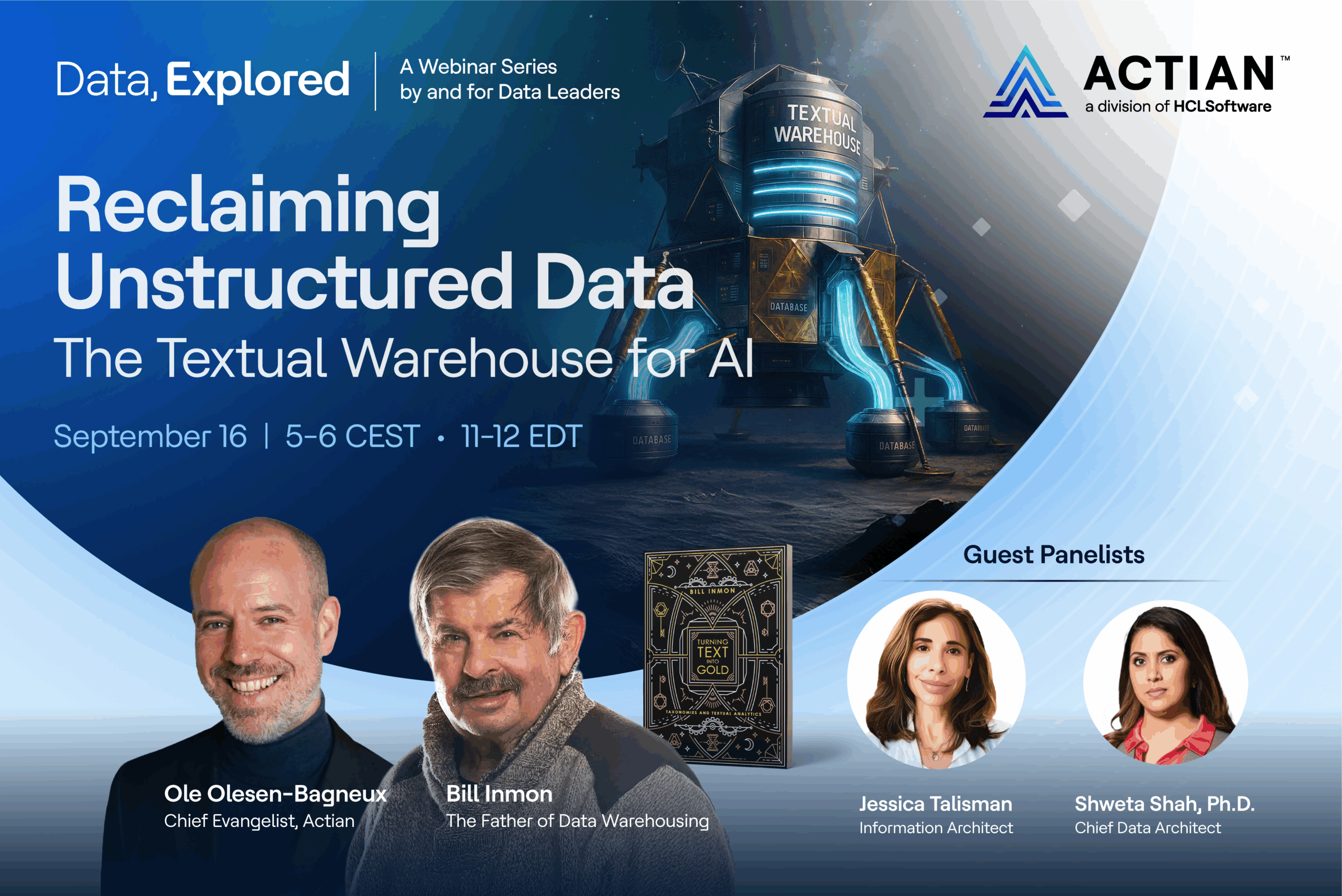McDonald’s France: How Big Data Changed the Firm
Actian Corporation
March 18, 2019

Actian had the opportunity to attend many conferences, such as BCG, Zalando, the Ministry of Armed Forces, etc. Among these conferences, we were also able to participate in the one about the fast-food giant McDonald’s France. Presented by Romain Girard, Business Insight Director at McDonald’s France, and Thibault Labarre, Senior Manager at Ekimetrics, the speakers were able to enlighten us on how McDonald’s France uses big data in order to better know their consumers.
McDonald’s Objectives and Challenges They Face
In France, McDonald’s has over 1450 restaurants and about 2 million customers a day. Treating data is a very complex task for a multi-million-dollar company. Romain Girard explains:
“With that many clients a day, it is important for us to be able to distinguish the different customer profiles. To do this, we use Big Data.”
The food industry is a very competitive environment with new players appearing every day. In France, the appearance of overseas fast-food chains such as Burger King, O’Tacos, or even the establishment of eating areas in supermarkets like Franprix or Carrefour Market, gives a lot of power to consumers, offering a wide range of restaurants to choose from.
McDonald’s objective is to be number one in the fast-food industry. However, with new eating habits (vegetarianism, veganism), new ways of food delivery (platforms such as Uber Eats, Deliveroo, etc.), as well as digitalization (websites such as La Fourchette), it is more and more difficult to face the competition. McDonald’s France’s answer is found in Big Data with customer segmentation in order to offer more innovative and personalized offers.
How Does McDonald’s France Distinguish Their Different Consumer Profiles?
In order to distinguish their different consumer profiles, McDonald’s France uses their receipts! The receipts have a lot of precious information in order to better know and understand their customers: the time of day of the order, the number of items that were bought, if the order was consumed on site or to go etc.
Thibault Labarre explains:
“In order for us to distinguish these different profiles, we exploit the data to create a data ecosystem to then be able to cross them : how many of our clients order take out? How many clients come alone? And at what time of day? Etc.”
Romain Girard completes this statement by stating that it is “important to create an acculturation between the data teams and the business teams in order to establish a common pedagogy.”
To establish this common pedagogy, McDonald’s France uses a simple and easy-to-use dashboard so that any user can understand the company’s data.
“It’s by working in an agile manner that our teams can communicate around our data efficiently. Therefore, our data strategy was put into place in only three months! It’s strange to say, but we set up a “start-up” way of working in order to quickly test and learn about our data.” explains Thibault Labarre.
What’s Next for McDonald’s?
McDonald’s is not even close to ending things with Big Data; the fast-food giant confirms that in just a few months, their communication strategy will be very different.
“Of course we cannot reveal too much information, but just know that our communication will be more centered around the client than the actual product itself.” states Romain Girard, “Come as you are” (McDonald’s France’s slogan – “Venez comme vous êtes”) speaks directly to the customer and that is exactly what we want to do.”
Subscribe to the Actian Blog
Subscribe to Actian’s blog to get data insights delivered right to you.
- Stay in the know – Get the latest in data analytics pushed directly to your inbox.
- Never miss a post – You’ll receive automatic email updates to let you know when new posts are live.
- It’s all up to you – Change your delivery preferences to suit your needs.
Subscribe
(i.e. sales@..., support@...)









